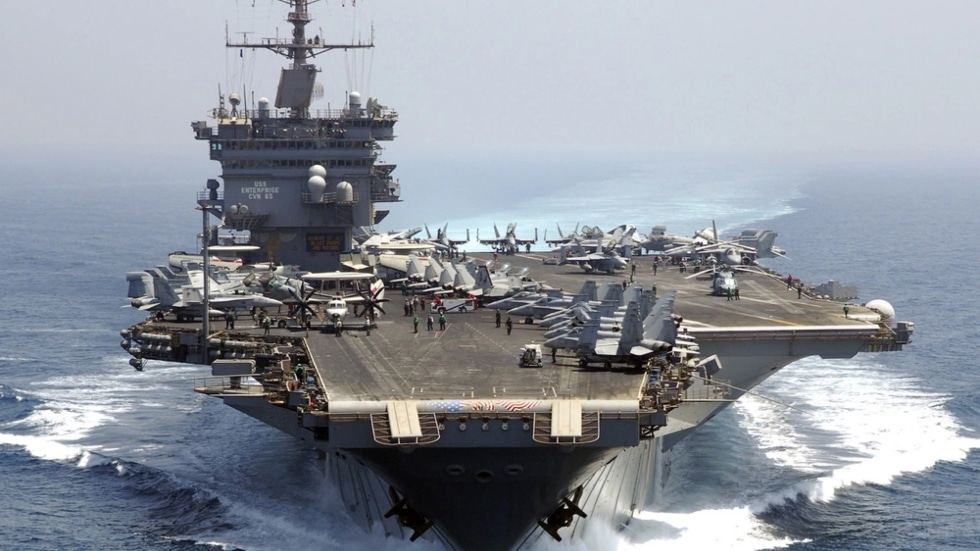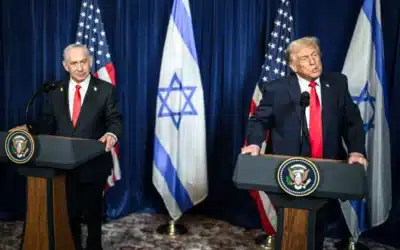National Security Council Spokesman John Kirby announced a plan to expand America’s military posture in the Middle East. The move comes after Washington hijacked an Iranian fuel tanker, provoking Iran to seize two ships in the Persian Gulf.
Kirby told reporters on Friday, “Today, the Department of Defense will be making a series of moves to bolster our defensive posture in the [Persian] Gulf.” The NSC spokesperson did not specify what additional forces will be deployed to the region. He said, “US central command will provide additional details on those reinforcements in coming days.”
The US and Iran began seizing commercial vessels in recent weeks. In April, Washington seized the Suez Rajan, a tanker carrying Iranian oil to China. Five days later, Iran confiscated a US-bound Marshall Islands-flagged oil tanker, the Advantage Sweet, in the Persian Gulf. An American official told the Financial Times the seizure “appears to be in retaliation for a prior US seizure of Iranian oil.”
On May 3, Iranian forces took control over a second ship in the Gulf. The Panamanian-flagged oil tanker was in the Strait of Hormuz when it was seized by Tehran.
Kirby said the new military buildup in the region is to ensure “[The] United States will not allow foreign or regional powers to jeopardize freedom of navigation through the Middle East waterways, including the Strait of Hormuz.” He added there is “simply no justification” for Iran to attack merchant ships.
Vice Adm. Brad Cooper, the commander of US Naval Forces Central Command, echoed Kirby’s statement, saying “Iran’s unwarranted, irresponsible and unlawful seizure and harassment of merchant vessels must stop.” He added that the “US 5th Fleet and our partners are committed to protecting navigational rights in these critical waters.”
The Navy claims Iran has interfered with at least 15 commercial ships over the past two years. However, the US and Israel have seized over a dozen Iranian vessels in recent years.
Kirby explained Washington expects its allies in the International Maritime Security Construct to aid its new operations. The bloc is made up of 11 countries, including America’s Mid East and NATO allies, and was formed in 2019. The Navy says the new military operations will include increased air and sea patrols with its coalition partners.
The relationship between Washington and Tehran has deteriorated since President Donald Trump withdrew from the Iran Nuclear Deal in 2018. While President Joe Bide campaigned on returning to the deal, his administration failed to enter into serious negotiations with Tehran.
Discussions between the US and Iran about reviving the nuclear agreement ended last year. Adding to the tensions, Washington has accused Tehran of aiding Moscow’s war in Ukraine, claimed Iran is using proxies in Syria to attack American forces, and slammed the Islamic Republic for its treatment of protesters.
While Biden’s foreign policy has called for a realignment to focus on “great power conflicts” with Russia and China, his administration has slowly increased America’s military footprint in the region. In March, the White House ordered an aircraft carrier strike group to the Middle East.
This article was originally featured at Antiwar.com and is republished with permission.
































